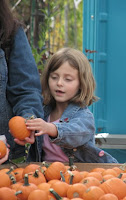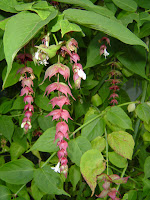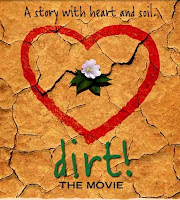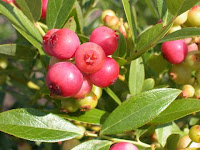 I did get the grapefruit into the garage and covered the less hardy pots outside. All the leaves got raked into the beds to cover most of the perennials. But I didn't get to everything before the freeze hit.
I did get the grapefruit into the garage and covered the less hardy pots outside. All the leaves got raked into the beds to cover most of the perennials. But I didn't get to everything before the freeze hit.Once again the bananas froze. Oh, the crown and roots are fine and will put up banana "pups" come spring. But, one day I will find a way to protect the stalk enough to grow it taller than the eight feet I usually get. This year I just didn't get out there in time.
If some of your plants got caught out, as well, you may not be able to tell how bad the damage is until spring. We'll just have to wait and see whether that shrub or perennial leafs out. There will be more cold weather before planting season comes again, so take another look around the yard.
--Get the pots in close to the house or cover them with a "freeze blanket." Check your local garden center.
--Wind can dry out the leaves or needles of evergreens and roots can't take up water in frozen soil. Think about covering exposed plants - in containers or in the ground.
--Check on plants placed close to the house under the eaves. They may need water during winter dry periods.






















